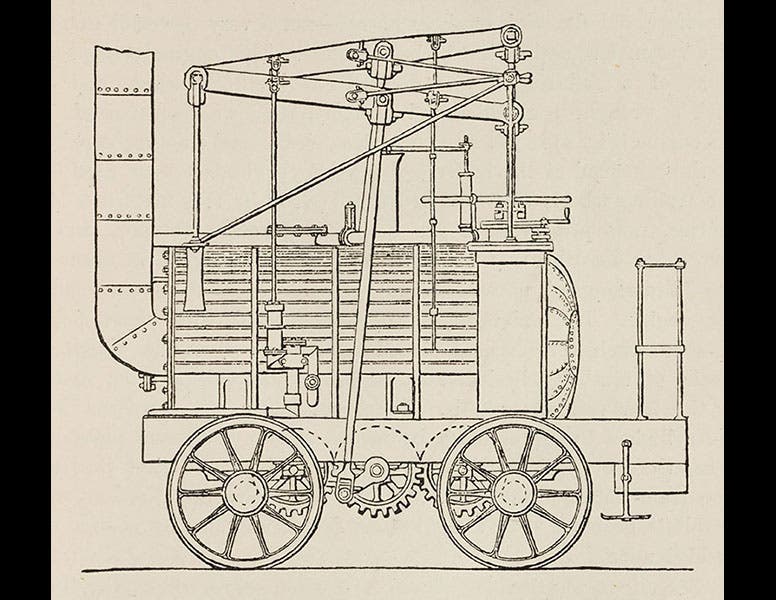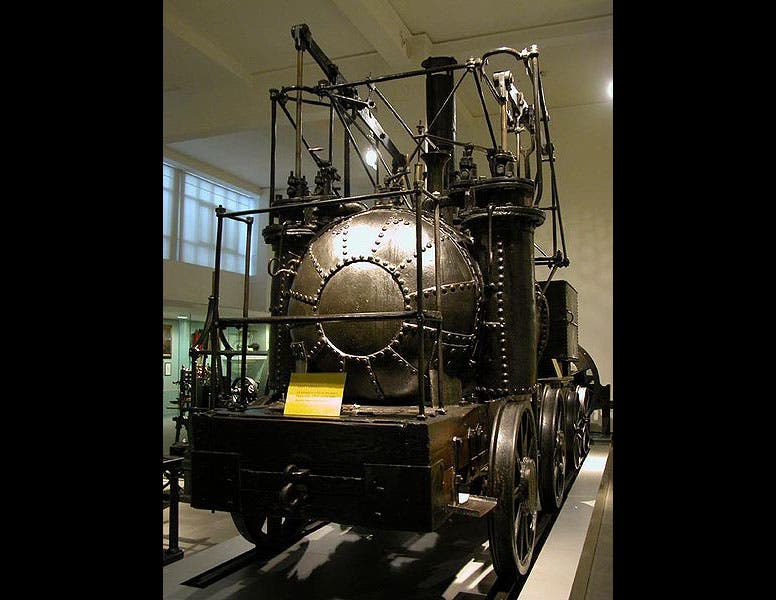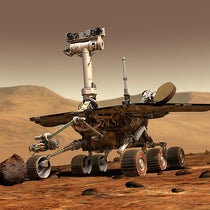Scientist of the Day - William Hedley

Linda Hall Library
William Hedley, a British mine superintendent and engineer, was born July 13, 1779. In 1813, Hedley, working with Timothy Hackworth and Jonathan Forster, designed and had constructed a steam locomotive to haul coal on a five-mile track from the mines in Newcastle to the river Tyne. This locomotive, called Puffing Billy, was the first to use friction coupling between the drive wheels and the track; all previous engines employed some kind of cog wheel operating on a geared track. Puffing Billy worked quite reliably, although it didn't move too fast (5 mph top speed). The original locomotive had to be altered to run on 8 wheels in order to spread the weight, since the cast-iron rails were liable to fracture, but with the introduction of rolled iron rails, it was able to revert to its original 4-wheel design.
Puffing Billy was finally retired in 1862 and ended up in the Science Museum in London, where you may see it today (second and third images). It is the oldest surviving steam locomotive in the world. There is a working replica of Puffing Billy at the Beamish Museum in County Durham in northern England (fourth image); you may view a video of the replica locomotive coming at you down the track, or you may ride along with the engineer. Notice the wonderful topside grasshopper beams that connect the cylinders to the drive wheels.
Puffing Billy served as inspiration for George and Robert Stephenson when they designed and built their famous Rocket some years later. They dispensed with the grasshopper beams, but otherwise the resemblance between the two is strong. There is a handsome wood engraving of the Rocket reproduced on the cover of the brochure for our 2008 exhibition, Locomotion (fifth image).
Dr. William B. Ashworth, Jr., Consultant for the History of Science, Linda Hall Library and Associate Professor, Department of History, University of Missouri-Kansas City. Comments or corrections are welcome; please direct to ashworthw@umkc.edu.










